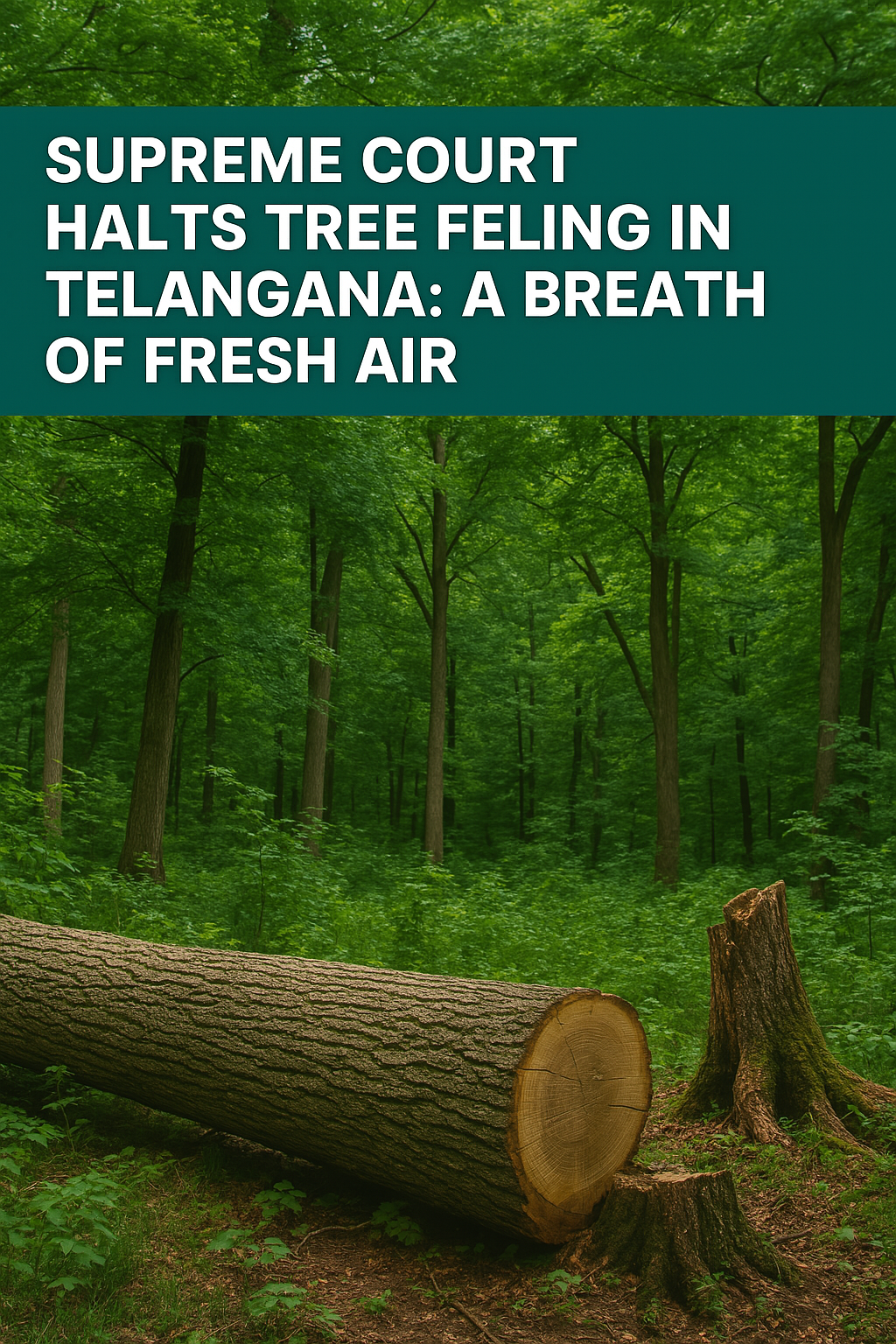Environmental laws at Netherlands
The Netherlands has a strong framework of environmental laws and regulations aimed at protecting natural resources, promoting sustainability, and addressing climate change. The country's environmental policy is shaped by its commitment to both European Union regulations and international environmental agreements, as well as its national objectives for sustainable development. Below is an overview of the key environmental laws and regulations in the Netherlands:
1. Environmental Management Act (Wet Milieubeheer) - 1993
The Environmental Management Act (EMA) is the cornerstone of environmental law in the Netherlands. It provides the framework for managing the country's environmental protection activities across various sectors.
General Environmental Standards: The Act sets general standards for environmental quality, covering air, water, soil, and waste management. It aims to reduce the environmental impacts of industrial, agricultural, and urban activities.
Environmental Permitting: The EMA regulates the issuance of environmental permits for activities that may have a significant environmental impact, including industrial operations, construction, and waste disposal.
Pollution Control: The law mandates pollution prevention measures and imposes fines for violations. It addresses emissions to air, water, and soil, and sets limits on noise and light pollution.
Environmental Reporting: It requires companies and organizations to regularly report on their environmental impact, helping authorities monitor compliance and track progress on sustainability.
2. The Nature Protection Act (Natuurwet) - 1998
The Nature Protection Act governs the protection of natural areas, wildlife, and biodiversity in the Netherlands. The law aims to conserve natural habitats and species through both direct protection and sustainable management of ecosystems.
Nature Reserves: The Act allows the designation of protected natural areas, such as national parks, nature reserves, and Natura 2000 sites, which are critical for biodiversity.
Species Protection: The law protects endangered species, both terrestrial and aquatic, by regulating hunting, fishing, and habitat destruction.
Biodiversity Conservation: The law supports efforts to maintain or restore biodiversity through habitat protection and the sustainable use of natural resources.
Natura 2000 Sites: As part of the European Union's Natura 2000 network, the Netherlands has established several protected areas to conserve endangered species and habitats across Europe.
3. Water Act (Waterwet) - 2009
The Water Act is one of the key pieces of legislation for managing the Netherlands' water resources, which are particularly important due to the country's low-lying geography and frequent flood risks.
Integrated Water Management: The Water Act promotes an integrated approach to water management, considering the interplay between surface water, groundwater, and water quality.
Flood Protection: The law includes provisions for flood risk management, given that large portions of the Netherlands are below sea level. It requires authorities to manage flood risks and protect against rising sea levels, as well as heavy rainfall and river flooding.
Water Quality and Pollution: The law sets water quality standards for both surface water and groundwater, regulating pollutants and requiring measures to reduce contamination from agricultural runoff, industrial discharge, and waste.
Water Allocation: The Water Act ensures fair and sustainable water allocation for agricultural, industrial, and domestic use, with an emphasis on conservation.
4. Climate Agreement - 2019
The Climate Agreement (Klimaatakkoord) was adopted to meet the Netherlands' climate targets, particularly reducing greenhouse gas emissions in line with European Union goals and international agreements such as the Paris Agreement.
Emission Reduction Targets: The agreement sets a binding target to reduce greenhouse gas emissions by 49% by 2030 compared to 1990 levels, and aims for net-zero emissions by 2050.
Energy Transition: The Climate Agreement outlines a transition to renewable energy, including the expansion of solar, wind, and biomass energy sources. It also focuses on increasing energy efficiency across various sectors, including industry and transportation.
Energy Saving Measures: The law encourages energy-saving measures in residential buildings, commercial buildings, and industries, as well as the adoption of green technologies and practices.
5. The Environmental Protection Act (Wet Bodembescherming) - 1996
The Environmental Protection Act (which deals with soil protection) regulates soil use, including contamination and land remediation.
Soil Quality Standards: It establishes standards for the quality of soil, regulating pollutants such as heavy metals, pesticides, and petroleum products that can harm the environment and human health.
Soil Remediation: The law provides regulations for the cleanup of contaminated soil, requiring responsible parties to remediate polluted sites to meet safety standards.
Land Use and Zoning: The law governs land use, especially in areas designated for development, to ensure that land use does not degrade the soil and the surrounding environment.
6. Circular Economy and Waste Management
The Dutch Waste Management Act and the Circular Economy Strategy provide a legislative framework for promoting recycling, reducing waste, and transitioning to a more sustainable, circular economy.
Waste Reduction: The laws require businesses and consumers to reduce waste generation and encourage recycling and reusing materials. The Netherlands has one of the highest recycling rates in the world.
Extended Producer Responsibility (EPR): The Netherlands enforces EPR schemes that make manufacturers responsible for the waste generated by their products, particularly for packaging, electrical appliances, and vehicles.
Landfill Ban: The country has implemented a progressive ban on the disposal of certain waste types in landfills, encouraging recycling and composting.
7. The European Union Environmental Regulations
As a member state of the European Union (EU), the Netherlands is subject to various EU environmental laws, including those relating to air quality, chemicals, biodiversity, and climate change. Some key EU laws impacting the Netherlands include:
The European Union Emissions Trading System (EU ETS): The Netherlands participates in the EU ETS, which caps and reduces greenhouse gas emissions from industries and energy producers.
The EU Water Framework Directive: This directive sets comprehensive rules for water quality, ecosystem protection, and the sustainable use of water resources across the EU.
The EU Habitat and Birds Directives: These directives aim to protect wildlife and their habitats within the EU, contributing to the Netherlands' biodiversity conservation efforts.
The EU Circular Economy Action Plan: The Netherlands aligns its waste management and recycling policies with the EU’s circular economy objectives, which aim to reduce waste, increase recycling, and promote the reuse of materials.
8. The Environmental Damage Act (Wet Milieu Schade) - 2008
The Environmental Damage Act provides a legal framework for the prevention and remediation of environmental damage, including damage to water, soil, and biodiversity.
Environmental Liability: The law holds companies and individuals accountable for causing significant environmental harm, requiring them to take responsibility for the damage and pay for the cleanup or restoration.
Public Participation: It allows for public participation in environmental damage cases, ensuring that communities are involved in the remediation of harmed ecosystems.
Restoration and Compensation: The law provides mechanisms for compensating the damage caused to natural resources, such as rivers, forests, and wildlife habitats.
9. Energy Law (Energie Wet)
The Energy Law governs the production, distribution, and consumption of energy in the Netherlands. It focuses on ensuring the transition to a sustainable, secure, and affordable energy system.
Renewable Energy Promotion: The law encourages the development and use of renewable energy sources, such as wind, solar, and geothermal energy, and provides incentives for their adoption.
Energy Efficiency: It establishes energy efficiency targets for various sectors, including industry, households, and transportation.
Energy Market Regulation: The law regulates the energy market to ensure fair competition, security of supply, and transparency in energy pricing.
10. The Dutch Nature Conservation Law - 2017
This law addresses nature conservation, focusing on the protection and restoration of natural habitats and species, including those designated under Natura 2000.
Protected Areas: It supports the creation and management of nature reserves and other protected areas to safeguard biodiversity and ecosystems.
Species Protection: The law includes provisions for the protection of endangered species and sets restrictions on activities that may harm or destroy their habitats.
Key Environmental Challenges in the Netherlands:
Climate Change and Flood Risk: The Netherlands faces significant challenges from rising sea levels and increased flood risks, despite its extensive flood protection infrastructure.
Air Quality: Urban areas in the Netherlands, particularly in cities like Amsterdam and Rotterdam, face air quality issues related to traffic emissions, industry, and agriculture.
Water Scarcity and Quality: Despite abundant water resources, pollution and the management of water quality remain important issues in agriculture and industry.
Biodiversity Loss: While the Netherlands has protected areas, habitat destruction, climate change, and pollution continue to threaten biodiversity.
Waste Management and Recycling: Although the Netherlands has one of the highest recycling rates in the world, there is still a need for further improvements in waste reduction and circular economy practices.
Conclusion:
The Netherlands has a robust system of environmental laws and regulations designed to protect its natural resources, ensure sustainable development, and meet climate and environmental goals. Through a combination of national legislation and adherence to EU directives, the country strives to address its environmental challenges, including climate change, pollution, and biodiversity loss. The Netherlands' strong commitment to environmental sustainability is demonstrated in its ambitious climate targets, circular economy initiatives, and ongoing efforts to protect ecosystems and water resources.




























0 comments